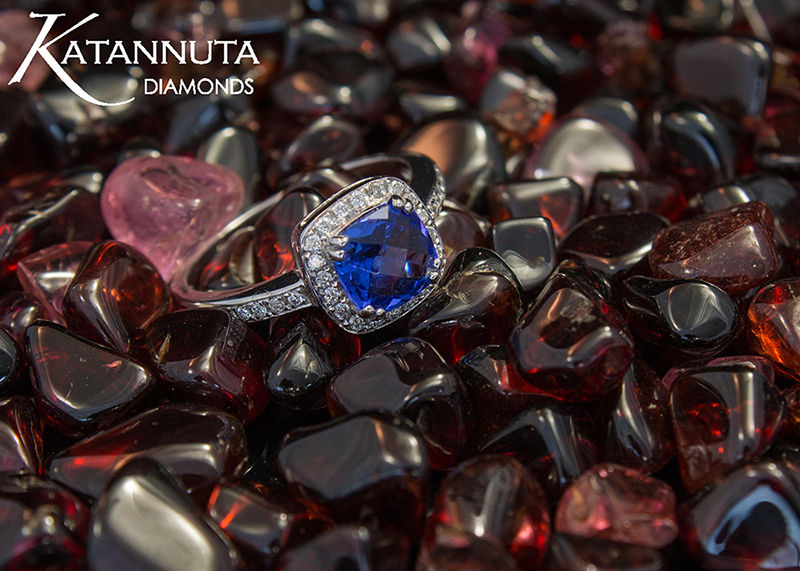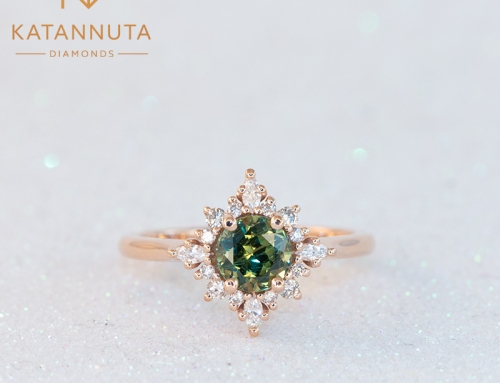At Katannuta Diamonds, our main priorities are honesty, integrity and consumer education. We’re not afraid to call a spade a spade and we’ll happily cut through the marketing blurb that the jewellery industry is famous for. It might make us unpopular, it might seem to go against the grain of the rest of the industry, but we truly do believe that honesty is the best policy.
So, whilst other jewellery stores in South Africa might be marketing and selling tanzanite engagement rings, we’re going to tell you that buying a tanzanite engagement ring could possibly be the worst jewellery purchase you ever make.
Don’t get us wrong – we love tanzanite. It’s a spectacularly unique gemstone with a colour like no other. Mined only in Tanzania, it’s colour exhibits a tremendous interplay of blue and violet that is unmatched in any other gemstone. Tanzanite is the quintessential African gem and successful marketing has increased demand around the world.
As with most gems, rings are a fitting way to exhibit tanzanite’s natural beauty, but for one small problem – tanzanite is an incredibly soft gemstone. All gemstones have an inherent hardness, a physical property that cannot be denied and is scientifically measured on Moh’s hardness scale.
The hardness scale runs from 1 to 10, with 1 being the softest mineral (Talc; think of talcum powder) and 10 being the hardest. Diamonds are the hardest natural gemstone and thus rate as 10 on the hardness scale.
Based on their hardness, diamonds are the ideal engagement ring stone and can weather the knocks that come with daily wear and tear. Rubies and sapphires have a hardness of 9 out of 10, again, ideal for everyday use in a ring.
Tanzanites however, have a hardness of 6.5 to 7 out of 10. To compare, quartz (be it beach sand or a gem form like citrine or amethyst) has a hardness of 7 out of 10. The stainless-steel blade of your favourite kitchen knife has a hardness of 7.

What’s important to note is that a higher number material on the hardness scale will always scratch a lower number – meaning that your steak knife could easily scratch your tanzanite engagement ring. Given that engagement rings are worn every day and subject to a large amount of wear and tear, it’s not hard to see that tanzanite could easily get damaged whilst you wash the dishes, grovel in your handbag for your keys, open and close your car door and so forth.
If you desperately want a tanzanite engagement ring, we’ll make one for you, but we’re going to be clear, honest and up-front about the practicalities thereof and the potential for long-term damage.
We’d far prefer that you wear our tanzanites in earrings or pendants where the possibility of daily damage is much less, and we will always recommend sapphire as the preferred blue gem engagement ring stone, but the final decision is always up to you, the valued client.
Should you be looking at tanzanite not as an engagement ring stone, but for a ring, our suggestion is to keep it as a tanzanite dress ring or special occasion ring and to always keep your tanzanite jewellery separate from your other jewellery.
For a quotation on any tanzanite jewellery you may be looking for in South Africa, please contact us via our website and we’ll be in touch.






